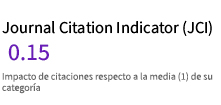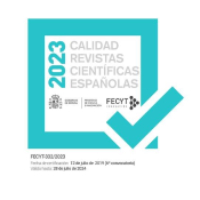Nothing to Say, Only to Show. Gender and Colonialism in Hannah Höch’s Photomontage
DOI:
https://doi.org/10.24310/BoLArte.2017.v0i38.3289Abstract
In interwar Germany, affected by deep social and economic crises, a group of Dadaist artists developed photomontage as the only political weapon to unite art and life in a world saturated with images. This article analyses the photographic collages of one of its members Hannah Höch; her work forms not only a visual record of the problems that beset her country, but also highlights the political implications harboured within the construction of an imagery of the Other (in its dual role of gender and race). In this context, we regard Höch’s work as a response to a political landscape, marked by the integration of women into the labour market and colonial imperialism; and through doing so, Hoch`s work anticipates the ideas of artists from the 1970’s, already informed by the philosophy of deconstruction and the Queer Theory.
Downloads
Metrics
Publication Facts
Reviewer profiles N/A
Author statements
Indexed in
-
—
- Academic society
- N/A
- Publisher
- Universidad de Málaga.
Downloads
Published
How to Cite
Issue
Section
License
Todos los contenidos publicados en la revista Boletín de Arte están sujetos a la licencia Creative Commons Reconocimento-NoComercia-Compartirigual 4.0 cuyo texto completo puede consultar en <http://creativecommons.org/licenses/by-nc-sa/4.0>

Los/as autores/as cuyas contribuciones sean aceptadas para su publicación en esta revista conservarán el derecho no exclusivo de utilizar sus contribuciones con fines académicos, de investigación y educativos, incluyendo el auto-archivo o depósito en repositorios de acceso abierto de cualquier tipo.
La edición electrónica de esta revista esta editada por la Editorial de la Universidad de Málaga (UmaEditorial), siendo necesario citar la procedencia en cualquier reproducción parcial o total.












4.png)
